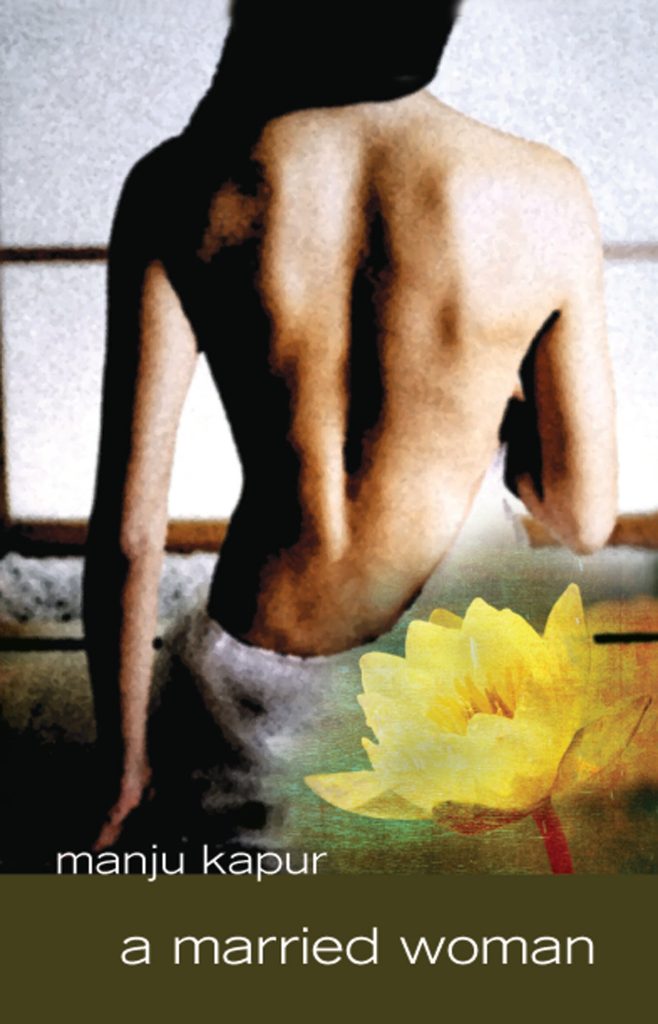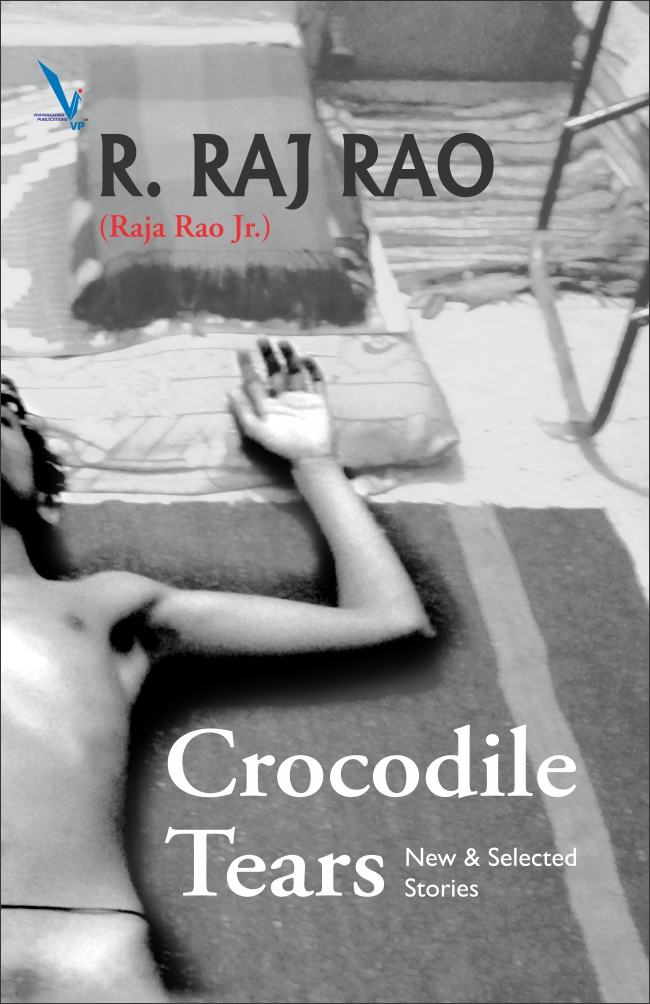“You’re Desi and gay–what’s that like?” This question was asked sometimes with a touch of fascination, that someone born and raised in the subcontinent can also be queer, or, more often, with concern: what it means to be queer in a country where the current conservative regime denied marriage equality in 2023 and where the leader of the opposition, perceived as a bastion of hope for the liberal-minded, touts a polite variation of ‘just don’t rub it in our faces’.
I would direct the curious, whatever may be the reason for the curiosity, to the Instagram page, aptly titled ‘Yes We Exist, India’, that documents individual and political stories of the many queer Desis who live in India.
A year later, as I prepare for the paperback launch of The Sea Elephants, I find myself considering the question from a writerly perspective. When I submitted an early draft of The Sea Elephants to my first workshop in the MFA program at the University of Massachusetts Amherst, the main character, Shagun, was asexual. The workshop leader, the writer Sabina Murray, said that it was dying to be a gay love story, pointing to the subtext that indicated his romantic interest in Marc who, in that draft, was his friend. I came out later that semester and started to rewrite my novel, wanting every page of it to ache with queer desire. When I turned for guidance to queer stories from India written in English, I found a nearly empty literary landscape that, at the time, had two titles that became my refuge: Blue Boy by Rakesh Satyal, set in the US, and Boyfriend by Raja Rao, set in India.
The reality has changed drastically over the last six or years, and there are more more queer stories set in India or centering on characters of Indian origin: not enough, apparently, to quell the observation I shared, but that is better than what was out there when I was writing The Sea Elephants, and I will take it.
Here are some queer narratives that were personally meaningful to me and while it is not meant as an exhaustive list, these stories normalize and illustrate the lives of queer folx from modern India in all their rich complexity.
The Way You Want to Be Loved by Aruni Kashyap
I had first encountered Aruni’s writing in his powerful, tense queer story published in the Boston Review, How to Date a Hindu Fundamentalist. Written at the fragile intersection of identities–queer and Assamese, queer and migrant, queer and small town resident, queer and folk magic practitioner–these stories are an exploration of the many complex identities that queer Desis simultaneously embody, slipping with the same ease–or, in some cases, unease–into a mother’s arms as into a lover’s embrace.
Tell Me How to Be by Neel Patel
Tell Me How to Be examines the complex relationship between a queer Desi man, born in the U.S., and his mother, a first generation migrant who, after the recent death of her husband, is exploring a romantic connection even as her son is working through heartbreak. Patel makes queer gaze so integral to the story that it shapes the brushstrokes, big and small, of its world that is both expansive and intimate.
My Father’s Garden by Hansda Sowvendra Shekhar
I had, years back, read The Adivasi Will Not Dance, the first book by Shekhar to be translated to English. It was the first work of Dalit fiction that I had read in English (and the only one, until I found Father Maybe an Elephant and Mother Only a Small Basket, But…, an extraordinary collection not available in the US). My Father’s Garden moves through small town India, including Jamshedpur, the childhood home of my parents, as it explores the narrator’s unrequited loved for a classmate, his tumultuous affair with a country doctor, and his father’s thriving garden where son and caregiver recognize that relationship is urgent need of tending. Deeply Desi, deeply queer.
Cobalt Blue by Sachin Kundalkar
Originally written in Marathi, and translated into English by the celebrated scholar Jerry Pinto, Cobalt Blue was the first work of queer regional literature that I encountered. As someone from the state Andhra which borders the state of Maharashtra, where the novel is set, the authentically-captured geography and social and familial milieu felt so personal that I did not watch its Netflix-adaptation despite all the accolades it has earned, afraid that it might bleach the images and sensory memories the book left me with. My elevator pitch for this book? A brother and sister fall in love with the same man in the historic town of Pune.
A Life Apart by Neel Mukherjee
Mukherjee’s The Lives of Others is a literary family narrative that felt sumptuously written in the tradition of both Hindu epics and the best Hindi film melodramas from the ‘80s. A Life Apart moves from Kolkata to Oxford to London and is a restrained study of queer friendships, the intersection of queerness and fragile immigrant identity (the main character is, without giving too much away, an undocumented migrant on one leg of his journey), and the profound influence that place and its cultural legacy has on individual lives, particularly the ones that are marginalized.
Blue Boy by Rakesh Satyal
Satyal’s intersection of mythic and personal love, which I explore in my own works, was particularly important to me as I wrestled with my own conflicts with religion: my love for Hindu mythology at odds with the current political co-opting of these stories towards violent ends. Blue Boy is a story of a second-generation immigrant who, as he is coming of age, realizes that he is queer and falls in love with Krishna, the blue-skinned Hindu god of Love. It has been turned, recently, into an award-winning short film that I hope will bring this dazzling novel into the lives of more readers.

A Married Woman by Manju Kapur
Kapur’s novel is unfortunately not available in the U.S. but it is a critical read for anyone interested in queer Desi fiction. Set against the horrific demolition of the Babri Masjid in 1992, the event that precipitated a series of events which led, eventually, to the election and re-election of the present conservative government in India, the story looks at the relationship of the narrator, a homemaker, with a man who is killed in communal riots and a widowed Muslim woman. Written at the rare intersection of queerness and communal conflicts, it is also a subtly-written look at the fluidity of sexuality that is deeply steeped in time and place.

Crocodile Tears by R. Raja Rao
Rao is credited with being the first Indian writer working in English to write a novel with a queer main character. It was published in India in 2018, the year the country’s supreme court decriminalized homosexuality, overturning a colonial-era law. Almost all sixteen protagonists in these stories are forced into the anonymity brought about by decades of criminalization and social stigma, and yet each piece is particular to the place it is set in and written in a distinct style that is in alignment with its main character’s psyche and origins.
Mohanaswamy by Vasudhendra
The ten stories set primarily in the state of Kerala collectively trace a queer narrative arc that reflects the writer’s own journey and that many queer folx from conservative homes and places will find familiar: from a denial of a forbidden identity to its secret pursuit, from loss that forces us to confront our shame, to an eventual acceptance of our queer selves. While Kerala is one of the two most popular Indian tourist spots, in Vasudhendra’s writing we encounter the lived reality of the town that lives in the shadow of–even as it intersects with–the idyllic image of the state found on picture postcards and travel websites.
Babyji by Abha Dawesar
This, I think, is the first queer narrative set in India that found international acclaim, the Stonewall Award for Lesbian Fiction it was accorded with bringing it to more readers. The novel traces the narrator’s coming-of-age journey through the three affairs that she has: two with older women and one with a classmate. While over the last few years some readers and critics have critiqued the sixteen-year-old narrator’s relationship with older women and the depiction of her fantasies, where she imagines herself as the man in her relationship with women, I do think that understanding her social, cultural history, how little she has access to in terms of queer dating options, language, or even imagination will allow readers to bring a more empathetic perspective to this necessary text.
The post 10 Books About Being Desi and Gay appeared first on Electric Literature.
Source : 10 Books About Being Desi and Gay










